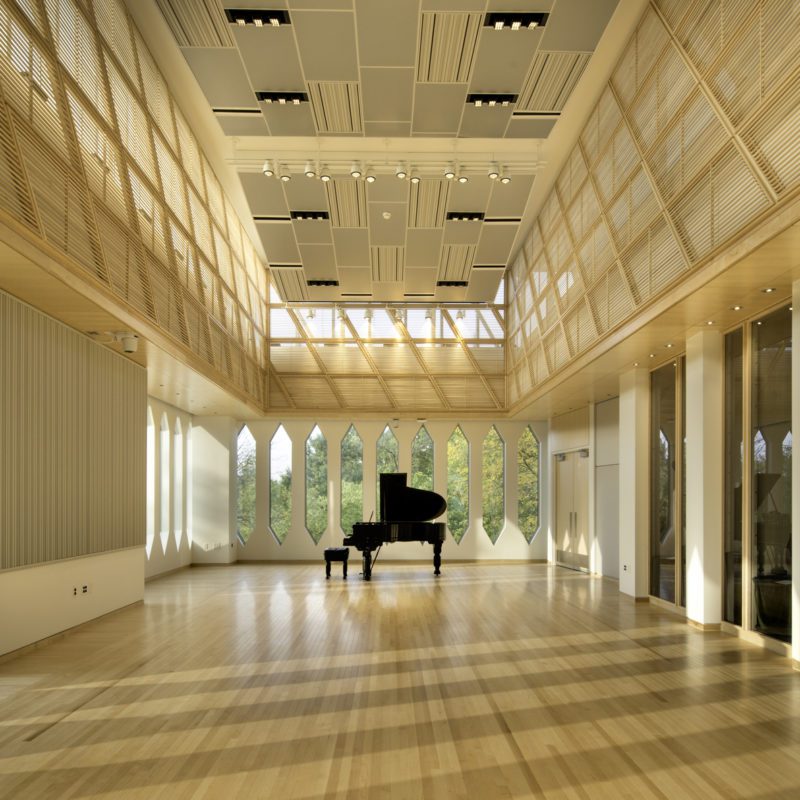It’s a tall order to compete with the tallest tower in the world. Hosting the World’s Fair after the Eiffel debuted at the Paris International Exposition just four years earlier, planners in Chicago had the unenviable task of trying to outdo the French feat. Using the plans put forward by an up-and-coming engineer from Pittsburgh, the resulting cylindrical structure would make a global impact for many summers (and festivals) to come.
Directing his team to “make no little plans,” architect Daniel Burnham was working tirelessly to make the 1893 Chicago Columbian Exposition an international hit. There was just one problem: the Eiffel Tower. Enchanting the globe immediately upon its debut in Paris, Burnham needed to come up with a structure that had never been seen before but also would put Chicago on the map. Gathering proposals from all over the world (even Gustave Eiffel submitted plans for an even taller tower than his Parisian design), nothing appeared to be a good fit for the Chicago fair, until a submission was received from engineer George Washington Gale Ferris Jr.

📸: Sarah Kowalski & Mariia Klein
📍 Ocean City, NJ & Roue de Paris
A part of the team inspecting steel for the massive fair, the 33-year-old Ferris brainstormed and sketched a massive rotating wheel as tall as the newly built Statue of Liberty that could carry patrons high above the crowds on a cyclical journey. Amusement wheels like this using wood could be traced far back in history, but nothing came close to the sheer magnitude of the young engineer’s proposal. Burnham, upon hearing the idea, worried such a structure was not possible due to its size and steel spokes being too fragile. Ever determined, Ferris invested $25,000 of his own money to get investors, studies, and the backing of more engineers to prove his wheel could work. By the end of 1892, the wary Burnham approved George Ferris’s plan, moving forward with the plan to hopefully “Out Eiffel Eiffel.”

📸: Emanuel Haas
📍 Bavariapark
Rising to 264 feet, the mighty “Ferris Wheel” contained 36 cars that could hold 60 people each, giving the ride the ability to host 2,164 patrons at any given time. The modern marvel was an instant sensation, with 1.4 million people paying fifty cents to ride the wheel for twenty minutes and behold views they could have never conceived in their lifetimes. It was the tallest object in Chicago by far, giving even locals a chance to view their city and Lake Michigan in a completely new way.
Though the original Ferris Wheel no longer stands, multiple iterations of its design exist in cities all over the world, including Chicago. Ferris’s daring invention made a global impact still felt today, with his design being used in various tourist attractions and festivals – the original wheel was even used at the subsequent American Exposition in St. Louis. While the original did not reach the landmark preservation status of that particular Parisian landmark, does one ever see an Eiffel Tower at a carnival?

📸:Chase Fleming, Dimitris M, & Nel Muriel Lee
📍 Luna Park, Tibidabo Park, & Odaiba, Tokyo




























